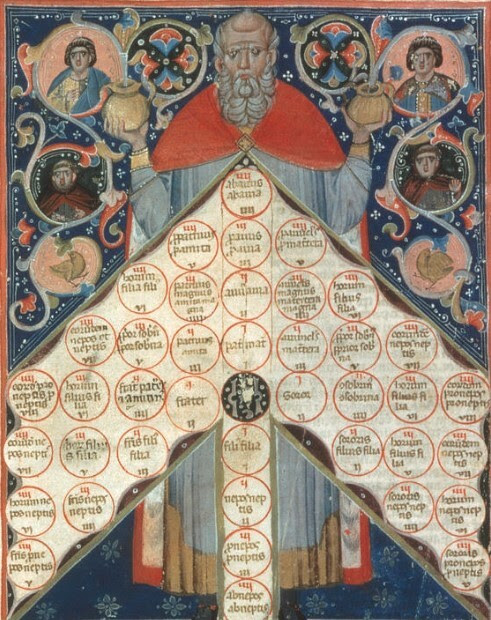
13 Jul Genealogists Newsletter- July 15, 2022
Contents
- 1 WHY GENEALOGISTS WERE IMPORTANT TO CHRISTIANITY IN EARLY EUROPE
- 2
- 3 GENEALOGIST HALF OF THIS PICTURE IS THE GRANDMOTHER AND THE OTHER THE GRANDAUGHTER
- 4 GENEALOGIST SO YOU ARE SAYING MY ANCESTORS CAME HERE ON METEORITES?
- 5 GENEALOGIST MAPPED: CENSUS DATA REVEALS COVID POPULATION SHIFT
- 6 OUR TIME ON EARTH IS NOT EVEN PART OF A DOT!
- 7 GENEALOGIST YOUR ANCESTORS ARE WAITING FOR YOU TO DISCOVER THEM!
 WHY GENEALOGISTS WERE IMPORTANT TO CHRISTIANITY IN EARLY EUROPE
WHY GENEALOGISTS WERE IMPORTANT TO CHRISTIANITY IN EARLY EUROPE
Consanguinity is the characteristic of kinship with another person (being descended from a common ancestor).
Many jurisdictions prohibit people who are related by blood from marrying or having sexual relations with each other. The degree of consanguinity that gives rise to this prohibition varies from place to place. Such rules are also used to determine the heirs of an estate according to statutes that govern intestate succession. In some places and periods, cousin marriage is allowed or even encouraged; in others, it is taboo and considered incest.
The degree of relative consanguinity can be illustrated with a consanguinity table (see above and below). Each level of lineal consanguinity (generation or meiosis) appears as a row. Individuals with a collaterally consanguineous relationship share the same row.
Under Roman civil law, which the early canon law of the Catholic Church followed, couples were forbidden to marry if they were within four degrees of consanguinity. Around the ninth century, the church raised the number of prohibited degrees to seven and changed the method by which they were calculated. Instead of the former Roman practice of counting each generational link up to the common ancestor and then down again to the proposed spouse as a single degree, the new method computed consanguinity only by counting back the number of generations to the common ancestor.
Intermarriage was now prohibited to anyone more closely related than seventh cousins, which meant that, in particular, the nobility struggled to find partners to marry, the pool of non-related prospective spouses having become substantially smaller. They had to defy the church’s position or look elsewhere for eligible marriage candidates. In the Roman Catholic Church, unknowingly marrying a closely consanguineous blood relative was grounds for a declaration of nullity. During the eleventh and twelfth centuries, dispensations were granted with increasing frequency due to the thousands of persons encompassed in the prohibition at seven degrees and the hardships this posed for finding potential spouses.
Someone had to keep track of the degrees of consanguinity. That was the family’s genealogist. Who knows their seventh cousins?
When I worked on my sister-in-law’s ancestry, it turned out her parents were sixth cousins. They, of course, had no idea.
 GENEALOGIST HALF OF THIS PICTURE IS THE GRANDMOTHER AND THE OTHER THE GRANDAUGHTER
GENEALOGIST HALF OF THIS PICTURE IS THE GRANDMOTHER AND THE OTHER THE GRANDAUGHTER
The photos in the link below of real people show the undeniable power of genetics
Everyone knows our DNA makes us who we are, but some people are born with rare features that stand out compared to others. These people are living proof that the power of genetics is amazing — and that some of us might have simply won (or lost) the genetic lottery. So keep scrolling to learn about these unique conditions and bizarre physical traits that teach us the true strength of our heredity.
https://www.kueez.com/en/people-show-power-undeniable
 GENEALOGIST SO YOU ARE SAYING MY ANCESTORS CAME HERE ON METEORITES?
GENEALOGIST SO YOU ARE SAYING MY ANCESTORS CAME HERE ON METEORITES?
All of the bases in DNA and RNA have now been found in meteorites
The discovery adds to evidence that suggests life’s precursors came from space.
All of the bases in DNA and RNA have now been found in meteorites
 GENEALOGIST MAPPED: CENSUS DATA REVEALS COVID POPULATION SHIFT
GENEALOGIST MAPPED: CENSUS DATA REVEALS COVID POPULATION SHIFT
The map above shows distinct migration to the West and Sunbelt during the pandemic, based on census figures out Thursday.
Why it matters: This race to the Rockies and Southwest in our work-from-anywhere world signals emerging powers in tech, business, politics, philanthropy — every dimension of life.
The Census Bureau details two other accelerating trends:
1. America is getting older: Since 2000, the national median age — the point at which half the population is older and half younger — has grown by 3.4 years to 38.8 years. Only one state, Maine, became slightly younger.
2. America is getting more diverse: Every race and origin group grew from July 2020 to July 2021 — except the white population, which fell 0.03%. “Native Hawaiian and other Pacific Islander” was the fastest-growing category, increasing by 1.54%. Hispanic was the largest category in numerical gain (800,000) — and second-fastest-growing, up 1.24%.
 OUR TIME ON EARTH IS NOT EVEN PART OF A DOT!
OUR TIME ON EARTH IS NOT EVEN PART OF A DOT!
The history of the earth from start to finish (or at least today). The show is best viewed on a desktop.
https://histography.io/?utm_source=join1440&utm_medium=email&utm_placement=newsletter
 GENEALOGIST YOUR ANCESTORS ARE WAITING FOR YOU TO DISCOVER THEM!
GENEALOGIST YOUR ANCESTORS ARE WAITING FOR YOU TO DISCOVER THEM!
Reach out to Dancestors and let us research, discover, and preserve your family history. No one is getting any younger, and stories disappear from memory every year and eventually from our potential ability to find them. Paper gets thrown in the trash, books survive! So do not hesitate, and call to me @ 214-914-3598.


 WHY GENEALOGISTS WERE IMPORTANT TO CHRISTIANITY IN EARLY EUROPE
WHY GENEALOGISTS WERE IMPORTANT TO CHRISTIANITY IN EARLY EUROPE
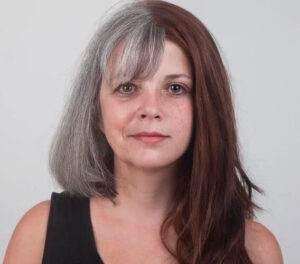 GENEALOGIST HALF OF THIS PICTURE IS THE GRANDMOTHER AND THE OTHER THE GRANDAUGHTER
GENEALOGIST HALF OF THIS PICTURE IS THE GRANDMOTHER AND THE OTHER THE GRANDAUGHTER GENEALOGIST SO YOU ARE SAYING MY ANCESTORS CAME HERE ON METEORITES?
GENEALOGIST SO YOU ARE SAYING MY ANCESTORS CAME HERE ON METEORITES?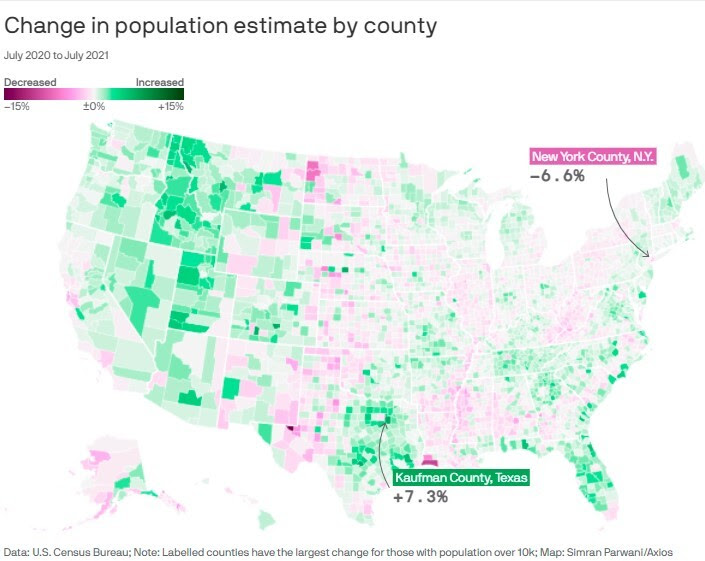 GENEALOGIST MAPPED: CENSUS DATA REVEALS COVID POPULATION SHIFT
GENEALOGIST MAPPED: CENSUS DATA REVEALS COVID POPULATION SHIFT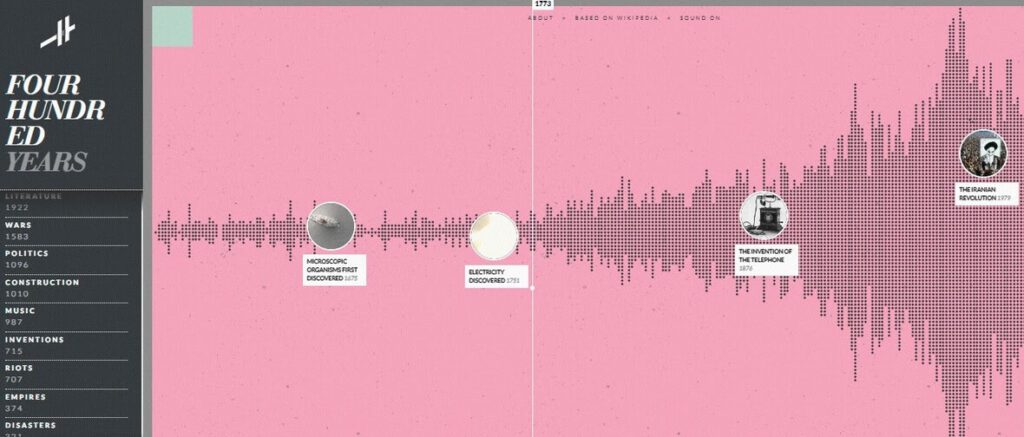 OUR TIME ON EARTH IS NOT EVEN PART OF A DOT!
OUR TIME ON EARTH IS NOT EVEN PART OF A DOT!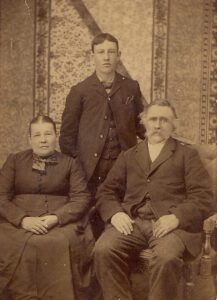 GENEALOGIST YOUR ANCESTORS ARE WAITING FOR YOU TO DISCOVER THEM!
GENEALOGIST YOUR ANCESTORS ARE WAITING FOR YOU TO DISCOVER THEM!